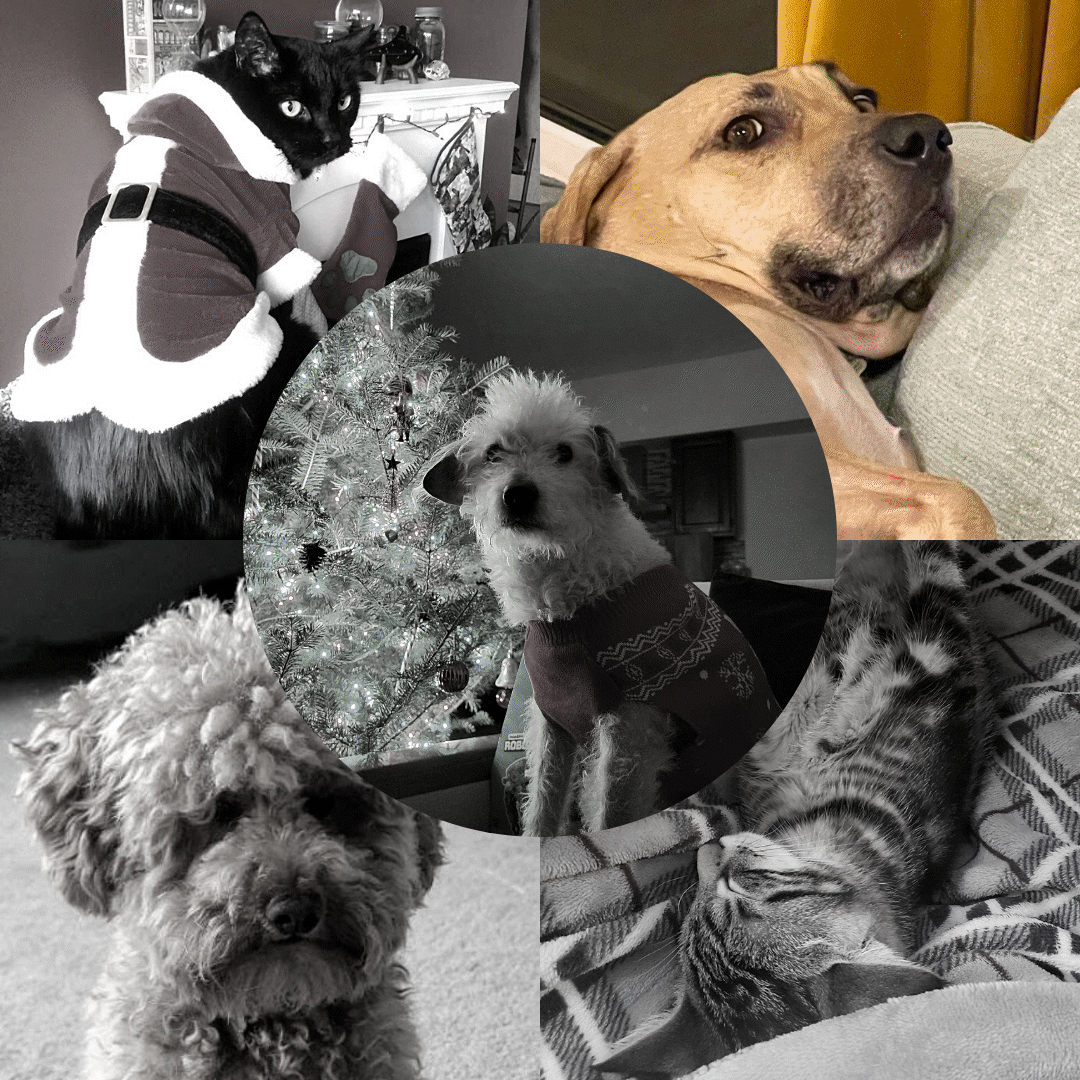How to Find Music For Your Podcast
It’s not often that a podcast has only spoken word.
In fact, music is so important to podcasting that when a show doesn’t have any, it really sticks out (and can sound flat).
But, your podcast doesn’t need to have wall-to-wall sound to be effective.
Wondery’s This Is Actually Happening keeps it minimal to highlight the guest’s story, and when music does come in, it’s a powerful complement to the storytelling.
Music can create dramatic or comedic tension, atmosphere, or establish a mood that makes your story more powerful and enjoyable for your listeners.
The most basic shows have some sort of music — even if it’s just an intro and outro. But finding music can also be tricky. While I’d love to make Dua Lipa my main audio motif, the world of copyright and royalties has made that a challenge.
So, I’ve put together a little guide to help you find the perfect music for your next audio project.
Hire a composer
One way to get unique, never-before-heard music is to hire a composer. Plus, there are many freelance and independent composers available for work.
Rates for composers start at $30/hr and can go up to $100/r or more, depending on the composer and the project. Compare that to the yearly cost of a music library subscription, which can be $130-$200/year, and it can be really worth the investment, especially if you only need a few pieces.
For the last 3 seasons of No Little Plans, Vocal Fry Studios has used original compositions from Canadian musician & composer Lisa Conway, known professionally as L CON.
Another good way to get music is to peruse Bandcamp. The site has a great compendium of small and large artists working in every musical style imaginable, from acid jazz to synthwave to garage rock to ambient soundscapes, and the site makes it super easy to get in contact with them. Many of them may also live in your area.
Also, shop local! Asking around your friends and acquaintances is a great way to find musically-gifted people. That quiet friend of yours may really shred guitar or have a song popping off on Soundcloud. And, not only does having their music on your podcast help you out, it also gets more people listening to their work — a win-win situation.
Make music yourself
This is probably the hardest option, but, in the long run, can be the most rewarding. This route also should be only done if you can meet your audio project’s needs. If you need a 40-minute musical odyssey and you’ve never opened Garageband before, it might be better to outsource. But if all you need is a little bit of music — perhaps a short intro — making it yourself might be a good move.
Katie and Ren at Vocal Fry dabbled in composition for David Suzuki’s podcast, using synths, field tape, and harp to create shifting moods underneath monologues and to segue between different topics.
One of the show’s hosts of NPR’s Throughline, Ramtin Arablouei, composes & records music beds with his band, Drop Electric. Because of this, he’s able to make music that fits exactly with the show’s content for that week.
While you might not have a cool post-rock band like Arablouei, you probably do have access to a computer. Luckily, basic music editing software is easy to come by; programs like Apple’s Garageband (or similar programs for PC) make producing little ditties accessible and easy for a beginner.
My biggest piece of advice for making your own music is to keep it simple! You’d be surprised how relatively easy it can be to make something super effective.
Search through royalty-free music
The internet is filled with music just waiting to spice up your podcast. Paid music libraries have the best and widest selections of royalty-free music out there. All you need to do is sign up, pay a subscription or per-use fee and you can use whatever tunes they have. While you don’t have to pay royalties for the music you have access to, it doesn’t mean no one is paying.
Epidemic Sound , Artlist.io, or Soundstripe are good websites that have monthly subscriptions — and the first two offer free trials.
At Vocal Fry, this is the route used most often for branded work—using APM, Universal Production Music, and MusicBed in-house on a project-by-project basis.
However, if you’re on a budget, some artists put their music online for anyone to use for free. Resources worth checking out for that Pixabay or Free Music Archive. Another trick is to check out “Creative Commons” tags on sites like Bandcamp. But, always make sure to follow the terms of usage; some songs can’t be remixed or used without credit.
The benefit to royalty-free music is that it’s super easy to find. Once you’ve got your song, you’re golden! One of the downsides? Because it’s royalty-free, it may be something your listener has heard on other podcasts.
If none of these royalty-free options are what you’re after, the podcast hosting platform Anchor has recently released a feature that allows you to add any song in the Spotify catalogue to your podcast — for free. It’s a legally-sound & affordable way to use Dua Lipa for your theme song.
Hopefully, with these tips, your audio project will have the music to make it shine.
Need help with selecting music, working with a composer, or navigating music library licenses for your podcast? We love sound design. Get in touch info (at) vocalfrystudios.com



